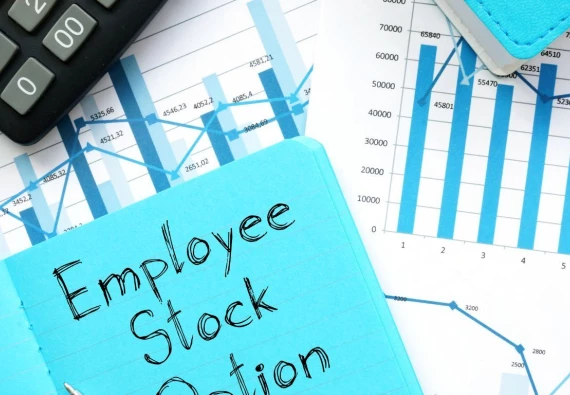Silicon Valley Bank ("SVB"), a key player in the tech and venture capital community, has collapsed. Financial regulators have closed the bank and the U.S. government has assumed control of the bank and its billions of dollars in customer deposits, temporarily shutting all branches and freezing withdrawals. SVB had roughly $209 billion in total assets and $175.4 billion in total deposits as of the time of its closure.
This collapse is officially the largest U.S. bank failure since the global financial crisis of 2008. Many startup companies are now unsure of what will happen to their money and what their options are. Prior to discussing some of these issues, it is worth walking through what happens when a major financial institution, like SVB, collapses.
What Happens When a Bank Fails?
A bank failure occurs when a bank is unable to pay back its customers or other people it owes money to. If this situation occurs, the federal government steps in by way of the Federal Deposit Insurance Corporation ("FDIC"). The FDIC is a federal agency that insures trillions of dollars of deposits in U.S. banks.
After a bank has collapsed, the FDIC can do one of two things to attempt to protect insured depositors. It can either attempt to sell the failed bank to a bank that has the capital to purchase it, or it can take over the operation of the bank itself. If the failed bank is sold, then the purchasing bank will take over and accounts will usually transfer to that bank with limited disruptions to day-to-day operations for depositors. If the FDIC takes the reins, then the bank may be closed temporarily but then the FDIC will, as receiver, retain all assets from the failed bank for later disposition. Next, the FDIC will pay depositors directly for their deposit accounts to the insured limit. It is important to note that insurance coverage is based on how the accounts are owned.
The maximum amount of insurance coverage (i) for single accounts (accounts owned by one person only) at one bank is $250,000; (ii) for joint accounts, each co-owner receives $250,000 for each account; (iii) for corporations, all deposits at the same bank are added together and insured up to $250,000, separately from the personal accounts of the owners or members.
What Will Happen With SVB?
In response to the SVB failure, the FDIC announced that it will first pay the insured depositors according to their coverage and will then pay uninsured depositors (i.e., accounts containing more than the insured limit) an "advanced dividend." The FDIC also announced that uninsured depositors will receive a debt instrument serving as a lien on SVB's property (a "receivership certificate") for the remaining amount of their uninsured funds. This receivership certificate will serve as a claim against the estate of the SVB for the remaining amount that is not insured. As the FDIC sells the assets of SVB, future dividend payments may be made to uninsured depositors.
How Might SVB's Failure Play Out?
The best-case scenario is that another financial institution will step in and purchase the bank. Such purchase presumably facilitates the reopening of client accounts and may also calm nervous investors who have been dumping shares of banks similarly involved with startups, like First Republic and PacWest. In this scenario, it is possible that venture lending could reopen, which is a key financing tool to many startups.
The worst-case scenario would be that no other bank steps in to purchase SVB. In that scenario, the government remains in control and must determine exactly what the "advanced dividends" look like (and if they will be sufficient to cover expenses). If startup companies' payrolls are missed, the fallout faced by the companies and their employees could be disastrous.
Takeaways
Startups with accounts with SVB need to take action. Here are some steps to consider:
- Open accounts with other banks: If you have all your company's funds in SVB accounts, you should consider opening accounts with other banks as soon as possible. This will ensure that your company's finances are spread out and not entirely dependent on SVB.
- Monitor your accounts: Even if you have moved your funds to other banks, you should still monitor your SVB accounts closely. This will allow you to identify any unexpected activity and take action to protect your finances.
- Review your banking contracts: If you have any contracts with SVB, such as loans or lines of credit, you should review these contracts carefully to understand your rights and obligations. You may need to renegotiate these contracts with other banks if SVB is unable to fulfill its obligations.
- Call the FDIC. Customers with accounts exceeding $250,000 are advised by the FDIC to contact the FDIC at 1-866-799-0959. You should also check the FDIC website periodically for press releases and other updates.
- Seek legal advice: If your company has been affected by SVB's failure, you should seek legal advice to understand your options and protect your interests.
If you have any questions or concerns about SVB's failure or how to protect your company's finances, do not hesitate to contact us.






